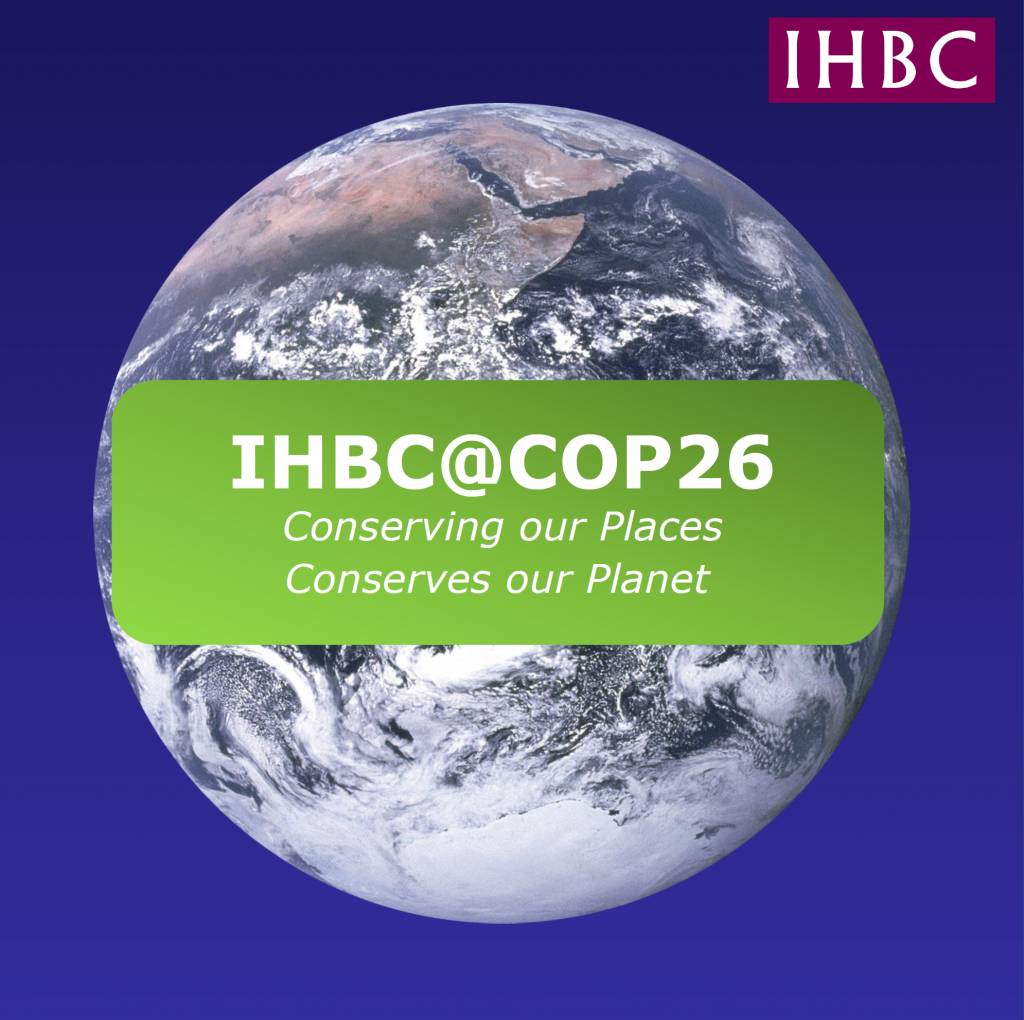 IHBC past Chair James Caird has explored Buckminster Fuller’s ‘real legacy’, in resource management – a theme central to the IHBC@COP26 programme – in the IHBC’s journal Context, with the article now also featured to the 15000 readers of the Newsletter from Designing Buildings, following its re-post to the Conservation Wiki.
IHBC past Chair James Caird has explored Buckminster Fuller’s ‘real legacy’, in resource management – a theme central to the IHBC@COP26 programme – in the IHBC’s journal Context, with the article now also featured to the 15000 readers of the Newsletter from Designing Buildings, following its re-post to the Conservation Wiki.
image: Wmpearl Wikimedia Commons
…It is to him [Buckminster Fuller] we owe the concept of absolute limits to the world’s resources a full 40 years before the Club of Rome’s 1972 report …
James Caird writes:
Buckminster Fuller first came into my life in the 60s. We architectural students referred to him as ‘Bucky’, as if we were personal friends, built structures with floating compression members in balsa wood and thread, and used the word ‘synergetics’ a lot….
… Fuller’s real legacy is in the field of resource management. It is to him we owe the concept of absolute limits to the world’s resources a full 40 years before the Club of Rome’s 1972 report The Limits to Growth. Strangely, to modern ears, he made little reference to energy as a resource because that is the one thing of which the earth has a limitless supply. Like everyone else he did not foresee our current climate difficulties arising from centuries of the world living off its carbon batteries. Were he alive today he would declare the problem to be purely a matter of engineering and exhort us to get on with harnessing the sun’s energy….
Resource conservation is on-trend today with the recent award of the Pritzker Architecture Prize to Anne Lacaton and Jean- Philippe Vassal for their work in repurposed buildings. This reinforces the IHBC’s belief that conserving historic fabric is a fundamental component of sustainability. Fuller himself believed that conservation is ‘the widest, active, practical usefulness’. Buckminster Fuller is a hard read. His English style is impenetrable. He felt limited by plain English words and coined new ones, often stringing two or three polysyllabic words together with hyphens. Nevertheless, his work must not become disregarded and I did not get where I am today doing any such thing.
See the article in Context 168 linked HERE
See more content from Context
See the article on the IHBC’s Conservation Wiki at https://www.designingbuildings.co.uk/wiki/Revisiting_Buckminster_Fuller
See more on Designing Buildings, the construction wiki and sign up to the free Newsletter HERE
See the IHBC’s Conservation Wiki

Why is IHBC@COP26? Because ‘Conserving our Places Conserves our Planet’
Join IHBC’s globally accessible virtual built and historic environment ‘Conservation Helpdesk+’, #IHBCHelpdesk #CultureCOP26 – open 31/10 to 12/11)
Listen the IHBC@COP26 ‘Climate and Conservation’ Podcasts anytime, or from the ‘Conservation Helpdesk+’

